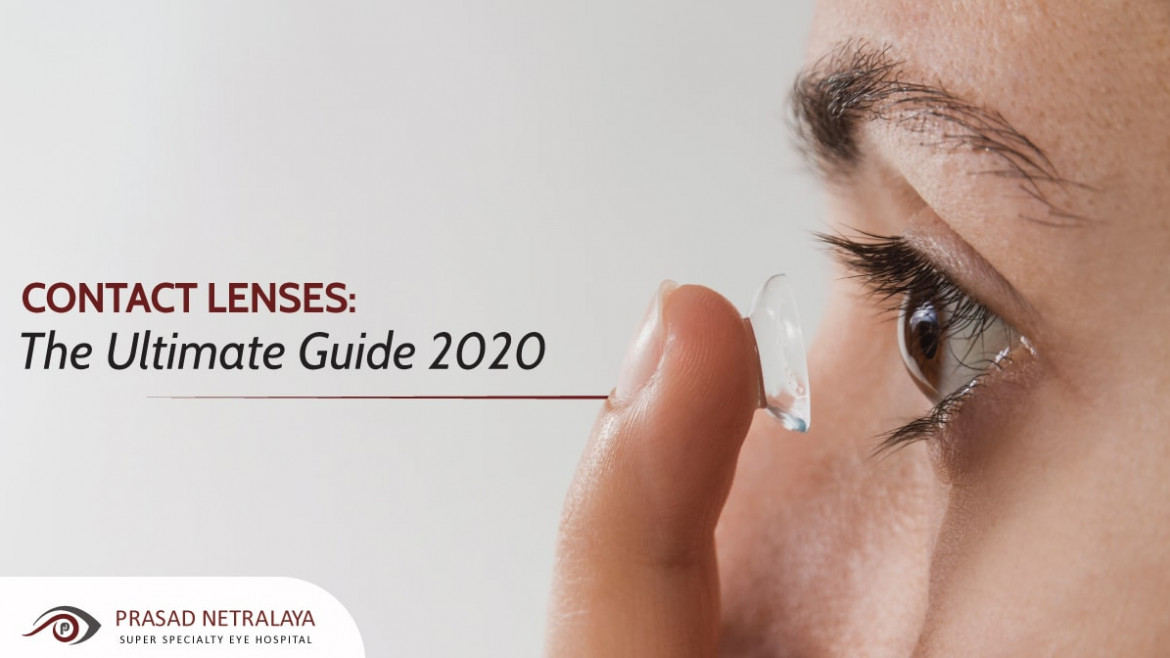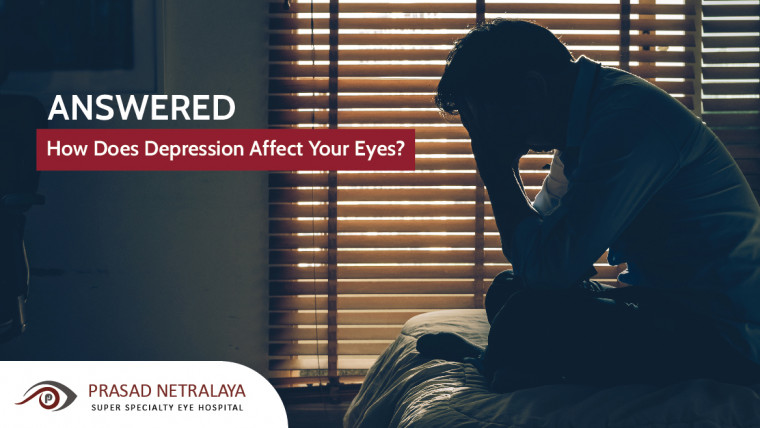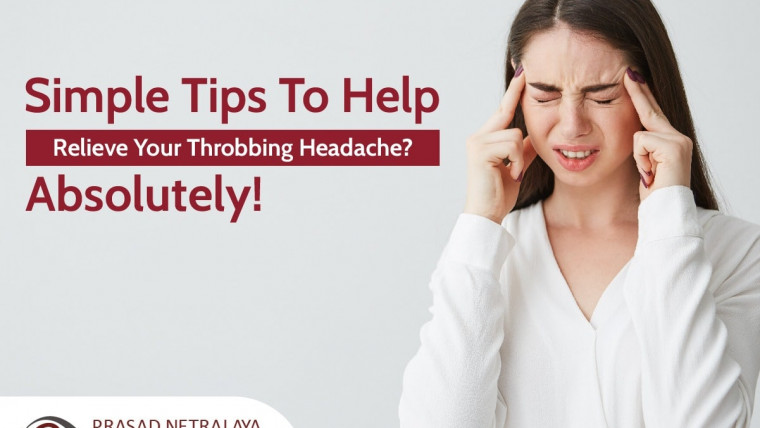Contact lenses, also known simply as contacts, are thin lenses that, when placed directly on the surface of the eyes can help correct vision. Contact lenses are used by millions of people across the world.
The concept of contact lenses was first developed by Leonardo da Vinci in his 1508 — he noted that it would be possible to change the power of the cornea by either submerging your head in water or wearing a water-filled glass membrane — a contact lens — over your eye. But it was only three centuries later that contact lenses were invented. German glassblower F.A. Muller created glass contact lenses in 1887 and just a year later, Swiss physician Adolf E. Fick and Paris optician Edouard Kalt created and fitted the glass contact lenses as well.
If you have vision problems and are tired of wearing glasses, you might consider switching to contact lenses. But you might also have a lot of questions about contact lenses. In the blog, we will answer many of them. Without further ado, let’s dive into this guide to contact lenses.
Table of Contents
The Various Types Of Contact Lenses
There are various types of lenses based on the materials the contact lens is made of, the duration for which you can wear them, and so on. Let’s look at the 4 most popular types:
- Soft Contact Lenses: These lenses are made of soft and flexible plastics, allowing oxygen to get through and your eyes to ‘breathe’. If you’re wearing lenses for the first time, soft contact lenses will be the best as they will be the most comfortable to wear. The materials used to make these lenses are silicone-hydrogels, which are hydrophilic (“water-loving”) plastics.
- Rigid Gas Permeable (RGP) Contact Lenses: RGP lenses last longer, resist the buildup of deposits and provide you with clear and crisp vision when compared to other types. Because they last longer, they tend to save you money in the long run. They are also easier to apply and remove. The only drawback is that they might not be as comfortable as soft contacts are for first time wearers. So it might take a few weeks to get used to wearing them.
- Extended Wear Contact Lenses: These are suitable for overnight or continuous wear — which means they can be worn for at least 24 hours or up to a week. These are lenses more mostly of soft contact lenses type and some are of the rigid gas permeable lens type. How long you can wear these lenses depends on your optometrist’s evaluation and your tolerance for continuous wear. Ideally, the eyes need at least one night of rest without lenses after each removal.
- Disposable (Replacement Schedule) Contact Lenses: Most of the soft contact lenses prescribed to people are of the disposable type. Ideally, these lenses are used once and discarded at the end of the day.
How To Wear Contact Lenses
To wear your contact lenses, follow these steps:
- Wash your hands thoroughly. Avoid scented soaps or soaps that have moisturizing additives that can stick to your contacts.
- Gently shake the lens case to dislodge it if it seems stuck. Do not try to pull it out with your finger as this could damage the lens. Slide the lens out and place it on your palm. Rinse it with the contact lens solution and place then place it on the tip of your index or middle finger which should be dry after thorough washing.
- Check to see if your lens is inside out. Before placing the lens on your eyes, see if it forms a “U” with the top edges flared out — this means it’s inside out. If it forms just a “U,” then you can proceed. If the lens is tinted then the darker side of the tint should be visible when you place it on your finger. Sometimes, the lens will have a mark with the brand name or logo, making it easier to identify which side is out. Even if you end up placing the lens inside out accidentally, don’t worry — it won’t cause any harm.
- Start with one eye. Avoid mixing up which lens goes into which eye. With your empty hand, open your eyelids and gently position the lens on your eye while looking upward.
- Withdraw your hand, close your eyes and roll it around so that the lens falls into place comfortably. Then blink a few times. Check in the mirror to see if the lens is centered on your eye — you should be able to see clearly if that is the case. Adjust if needed.
How To Safely Remove Contact Lenses
Here is how you can safely remove your contact lenses:
- First, wash your hands thoroughly. As an added safety measure, place a clean paper towel on the table or sink in front of you so that it can catch the contact lens if it falls accidentally.
- It’s better if your fingernails are short so that you avoid scratching or damaging your eye while removing the lens.
- With soft contact lenses, look up or sideways and pull down on your lower eyelid and with the other hand, gently move the lens from the center to the white of your eye. Now, gently pinch the lens with your thumb and index finger, and remove if off your eye.
- With Rigid Gas Permeable (RGP) contact lenses, you simply have to hold out the palm of your hand in front of you, tilt your head forward, and open one eye wide. With the index finger of your other hand, pull the skin at the outer edge of your eye toward your ear and blink once. The contact lens should dislodge from your eye and fall on your open palm.
Problems With Contact Lenses (And Solutions)
There are some common problems with contact lenses that you might face while using them. Here is a list of them along with steps you can take to solve or avoid the problems altogether:
- Blocking oxygen supply to the eyes: Contact lenses cover most of the corneal surface and this means that your eyes are not going to get the amount of oxygen that they need to stay healthy. And so, going to hydrogel lenses and having periods of time when you are not wearing your lenses is crucial for good eye health.
- Dry eyes: Your contact lenses absorb the tears in your eyes to keep themselves soft, resulting in less tears to keep your eye mousituresed. This can result in dry eyes, which can in turn cause itchiness, a burning sensation or redness in the eyes. This problem has a simple solution — use eye drops to lubricate your eyes and keep them healthy.
- Irritation when combined with other medication: Sometimes, when you use certain other medicines and wear contact lenses at the same time, it can lead to chronic dry eyes and irritation. This is particularly the case with women who are taking a birth control pill. If that is the case for you, simply avoid wearing lenses as long as you are taking that medication or pill.
- Reduced reflex in the cornea: The corneal reflex is a protective mechanism that causes your eyelids to drop down to protect our eyes in case even the slightest pressure is applied to the cornea. That is to say, it is an automatic reflex that protects your eyes from anything that can damage them, like when you see something is about to hit your face. With the use of lenses over time, your body might unlearn this reflex, which could lead to you not reacting on time when something is about to hit your eye. The solution to this problem is to reduce your usage of lenses to the minimum necessary duration. Substitute with glasses when you are at home to ensure that the ability of your cornea to react to sudden risks stays intact.
- Abrasion of the cornea: Contact lenses can cause abrasions on your cornea if they are not placed properly or if you have dry eyes. Also, if you wear your contact lenses while sleeping everyday, it can lead to particles of dirt getting trapped behind your eyes, leading to abrasions that in turn result in eye infections. So once again, avoid wearing your contact lenses while sleeping and wash your hands before handling your lenses.
- Conjunctivitis: Conjunctivitis and stye can occur in your eyes after prolonged usage of contact lenses. They end up acting as a breeding ground for bacteria and viruses. And because enough oxygen doesn’t reach your eyes, they will struggle to fight off the infections as well. People who overuse contact lenses risk getting Giant papillary conjunctivitis (GPC) because of repeated irritation of the eyes. The lesson here is, once again, to remove your contact lens before sleeping.
Are Contact Lenses Safe?
As we have seen above, contact lenses can cause certain problems if not used properly or if proper hygiene is not practised while using them. However, overall, contact lenses are safe — that is why millions of people across the world use them to correct their vision. Here are some basic measures you can take to ensure that your contact lenses don’t cause you any problems:
- Ensure enough oxygen flows to your eyes: Avoid wearing your contact lenses all the time, and especially avoid them while sleeping. Also, if you are using disposable contact lenses, do not reuse them as this could lead to infections. Silicone hydrogel contact lenses and rigid gas permeable (GP) contact lenses are better options compared to conventional soft contact lenses as they are safer for your eyes.
- Clean your contact lenses and case: If you are using extended wear type contact lenses, you need to ensure that you are cleaning both the lenses and the case regularly. This ensures that any viruses and bacteria get killed and there is no chance of getting an eye infection. As the lenses get older, the chances of this happening is higher. Always use a fresh contact lens solution while cleaning your contacts. Discard your storage case and replace it with a new one every three or four months. Each time you store your lenses, use a fresh solution and do not just use the solution left over from the previous day. Finally, avoid changing the brand of your contact lens without first speaking to your eye doctor.
- Stick to the contacts replacement schedule: Don’t make it a habit to prolong the use of your contacts beyond their scheduled replacement date. Even with proper care, there is the risk of deposits accumulating on the contacts and the only solution to this is disposing the old ones and replacing with new ones.
- Have regular eye checkups: Finally, have regular checkups with your eye doctor and stay ahead of any potential problems that might come up. The eye doctor will be able to detect problems before they go out of control and tell you what measures you can take to keep your eyes healthy. This way, you will be able to enjoy wearing contacts for a long time and avoid the downsides and problems associated with them.
Advantage of Contact Lenses
The question that people have is — are contact lenses better than glasses? Many people prefer contact lenses to glasses because they get to avoid the ‘spectacles look’. Contacts can be a boon to those of us with vision problems, as long as we take the steps to ensure proper hygiene and regular replacement. Contacts also provide better side vision than glasses, giving you a wider field of view and better focus. They also do not get affected by the weather — they do not fog up when it is humid, for example. Although they are more expensive than glasses in the long run, they are cheaper than LASIK surgery and the right option for those who do not want the surgery but also don’t want to wear glasses.
Are you thinking of getting contacts? Do you have more questions on your mind? Prasad Netralaya can help. With experienced staff and state-of-the-art technology, this is the best place in Mangalore to get contact lenses. Reach out to us and book an appointment to speak to our doctors right away. Take the first step towards perfect vision!
Frequently Asked Questions about Contact Lenses
- Is it okay to wear contacts everyday?
Extended Wear Contact Lenses can be worn for a few days and even overnight while sleeping. But it is advisable to take off your contact lenses while sleeping or when at home so that you can avoid eye infections and other potential complications that might happen over time. - Who can wear contact lenses?
Most people can wear contact lenses. Only if you suffer from repeated eye infections or severe allergic reactions, it won’t be possible for you to wear them. - How many hours a day can you wear contact lenses?
You can wear most contact lenses throughout the day, but it is advisable to remove them in the night before you go to bed. - Do contact lenses expire?
Disposable contact lenses are supposed to be used only once and then thrown out. Extended use contact lenses can be used for longer than that — from 24 hours up to a week. - What is the price of contact lenses in India?
To learn more about the price of contact lenses in India, contact Prasad Netralaya — the best eye hospital in Mangalore. Call us at 18004251919 or +91 9513596565 or book an appointment if you wish to visit in person.



